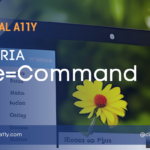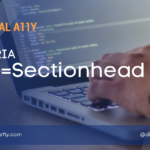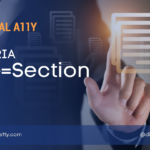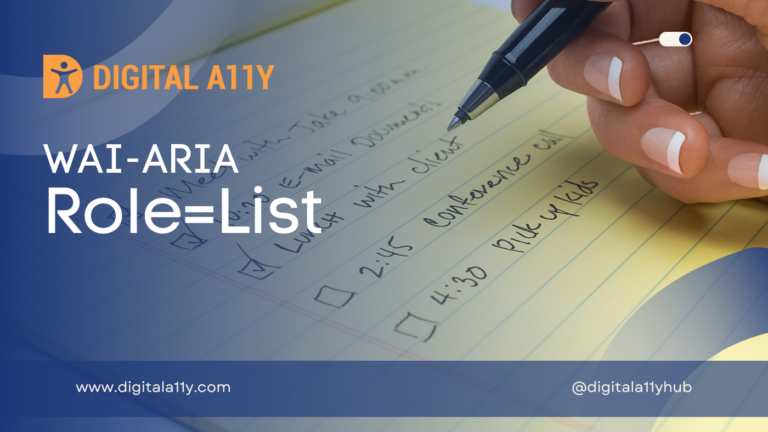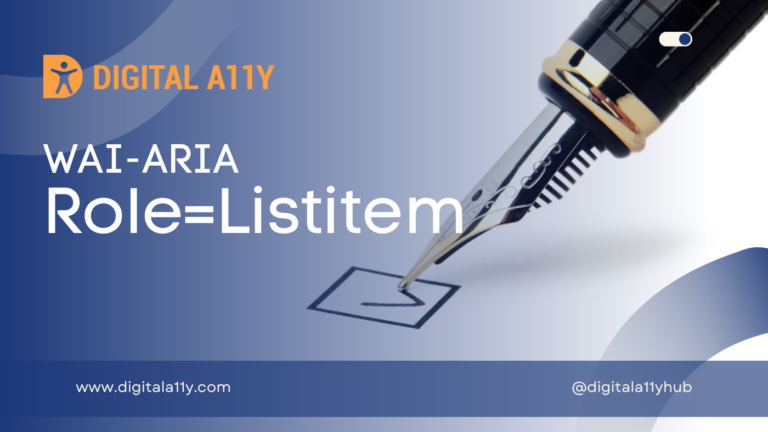WAI-ARIA: Role=Widget

Description
An interactive component of a graphical user interface (GUI).
Widgets are discrete user interface objects with which the user can interact. Widget roles map to standard features in accessibility APIs. When the user navigates an element assigned any of the non-abstract subclass roles of widget, assistive technologies that typically intercept standard keyboard events SHOULD switch to an application browsing mode, and pass keyboard events through to the web application. The intent is to hint to certain assistive technologies to switch from normal browsing mode into a mode more appropriate for interacting with a web application; some user agents have a browse navigation mode where keys, such as up and down arrows, are used to browse the document, and this native behavior prevents the use of these keys by a web application.
Note: widget is an abstract role. Authors should not use this role in content.
Characteristics
Is Abstract
- True
Superclass Role
Subclass Roles
Inherited States and Properties
- aria-atomic
- aria-busy (state)
- aria-controls
- aria-current (state)
- aria-describedby
- aria-details
- aria-disabled (state)
- aria-dropeffect
- aria-errormessage
- aria-flowto
- aria-grabbed (state)
- aria-haspopup
- aria-hidden (state)
- aria-invalid (state)
- aria-keyshortcuts
- aria-label
- aria-labelledby
- aria-live
- aria-owns
- aria-relevant
- aria-roledescription
Name From
- n/a
Reference
- WAI-ARIA 1.2 Specification
Refer to the notes from the WAI-ARIA 1.2 specification for more information on role=widget.


